Local Habitats Adventures Close to Home

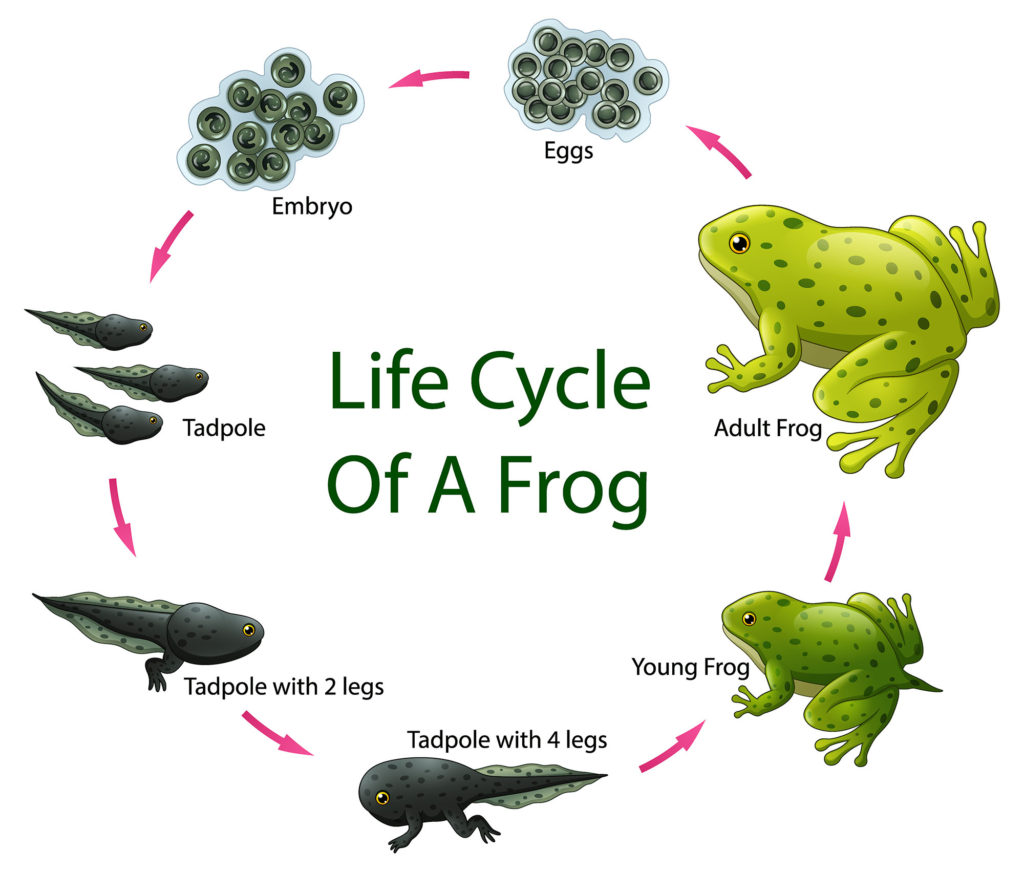
Local Habitat Outcomes
-
Provide the characteristics of amphibians, including life cycles.
-
Distinguish between ferns and mosses, including life stages.
-
Recall some of the concepts covered earlier this term in the context of local habitats.
This week\’s Local Habitats lab introduces the groups of organisms you are likely to encounter in Willamette Valley ecosystems. Oregon has many species of frogs, toads, newts, and salamanders.
We\’ll start with a quick overview of amphibian characteristics, followed by a little more depth and links to life stages.
Frogs and toads are the most common amphibians, but their names can be misleading.
Terminology is often constructed for ease of communication, but misconceptions can result.
One of the first biology lessons in elementary grades is on the frog life cycle.
Fill in a few gaps and learn why this is such a popular topic.
Now that you have completed this section, list five characteristics of amphibians like this frog.
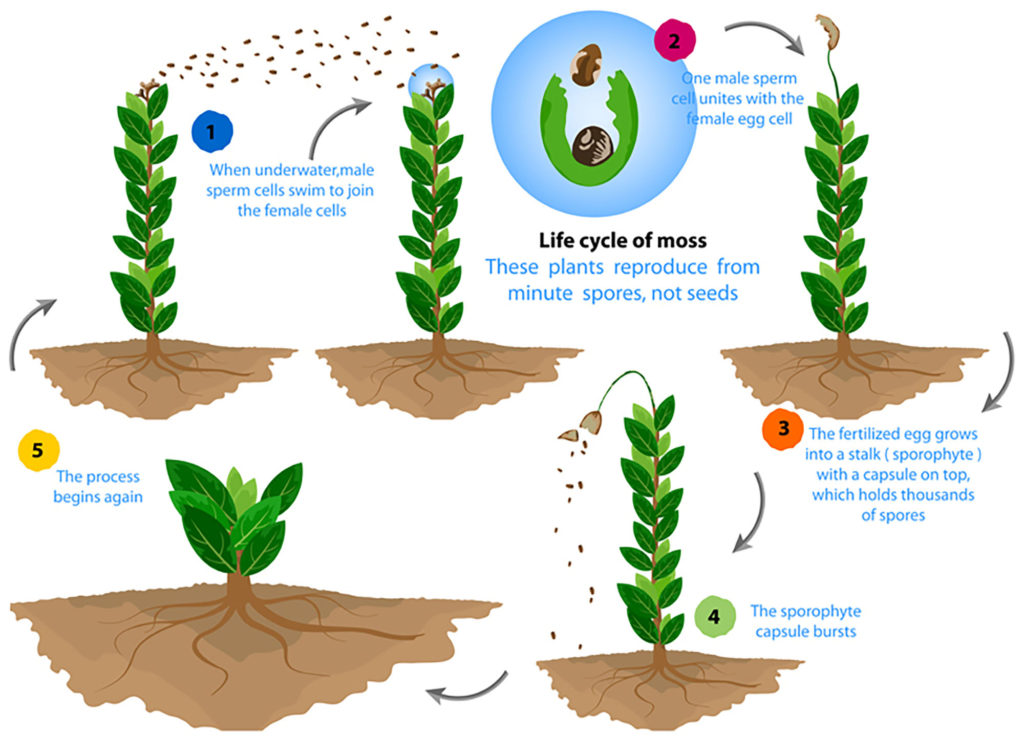
Moss are found throughout the Willamette Valley. From earlier this term, are moss vascualar or nonvascular plants?
Are ferns vascular or nonvascular?
Ferns have significantly different life cycles than moss. In moss, the spores are produced by small specialized structures called sporophytes. In ferns, spores are produced on the fronds (leaves).
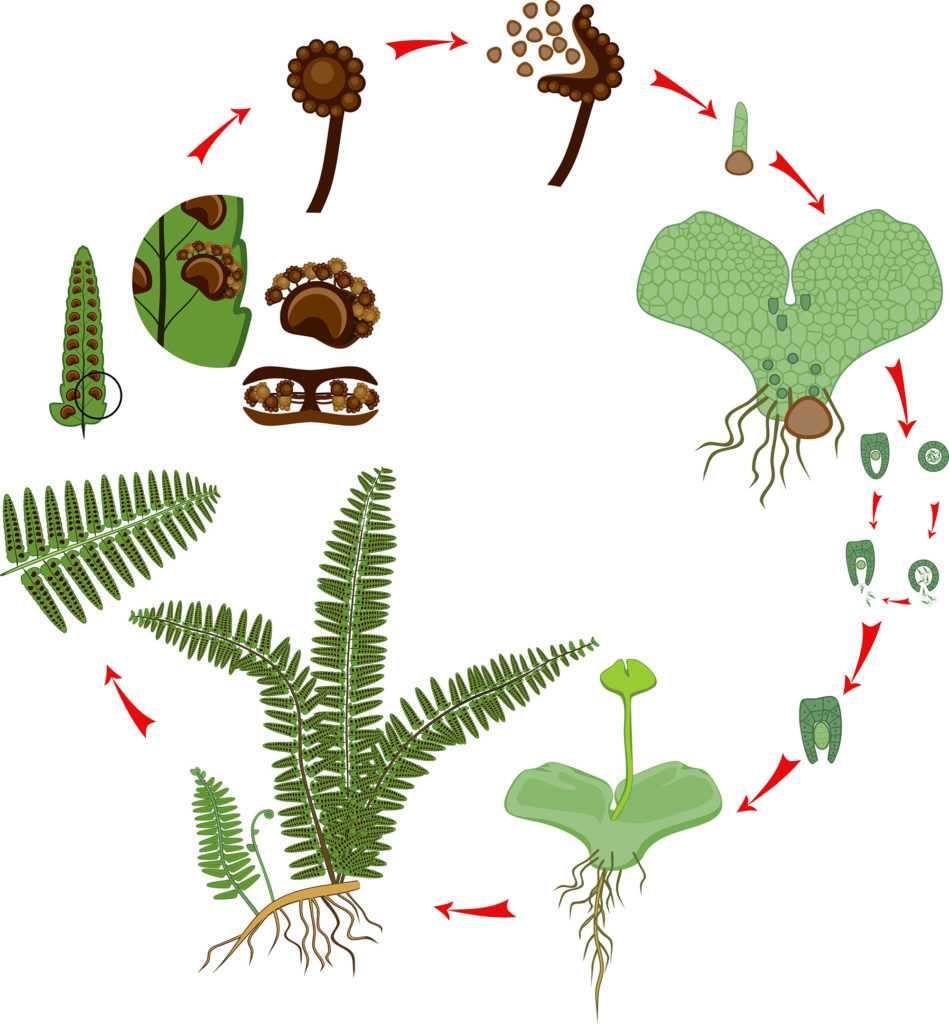
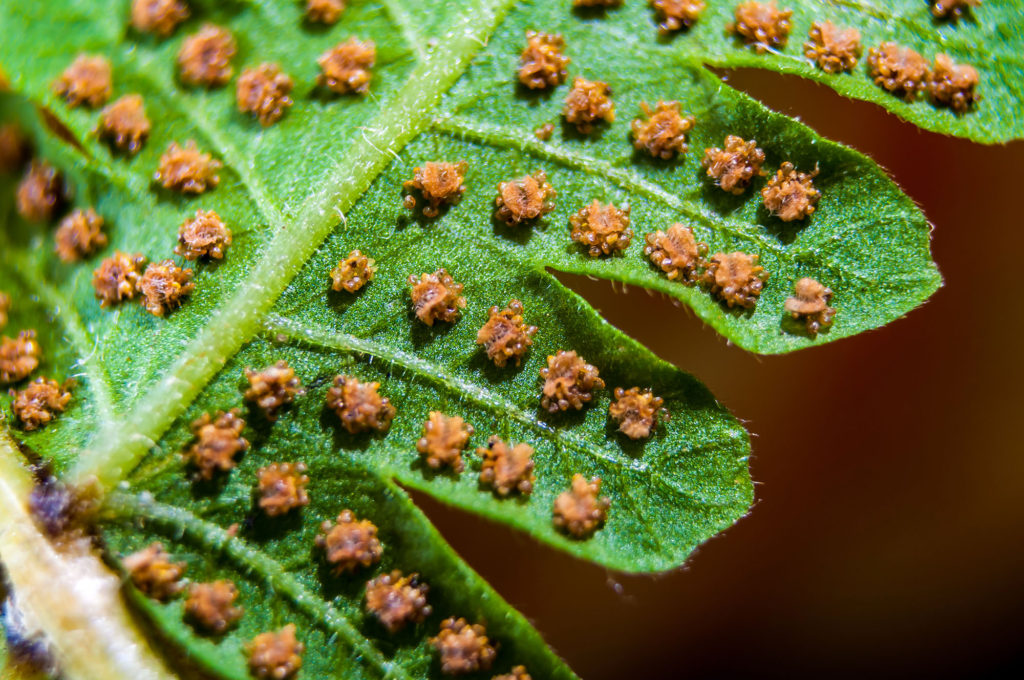
From the activity pages, what is the name of the small packets of spores found on the bottom side of fern fronds?
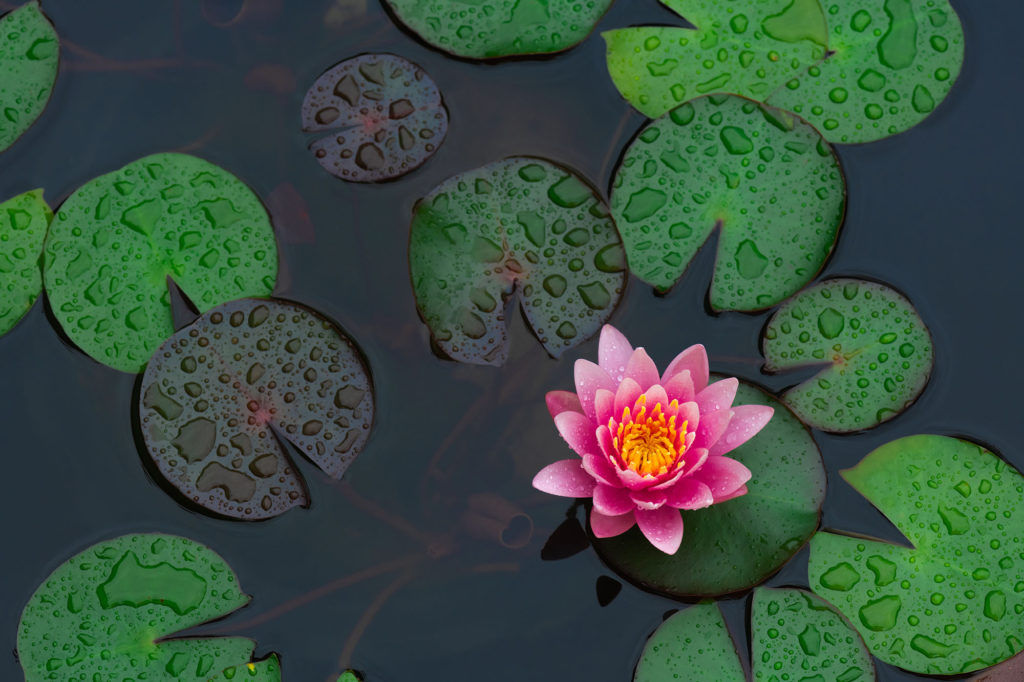
Aquatic plants found in local ponds have strategies for continuing photosynthesis in conditions that could impact gas exchange or light availability.
The leaves of this water lily plant have stomata located on the top of the leaves instead of on the bottom as you observed in an earlier lab. Why?
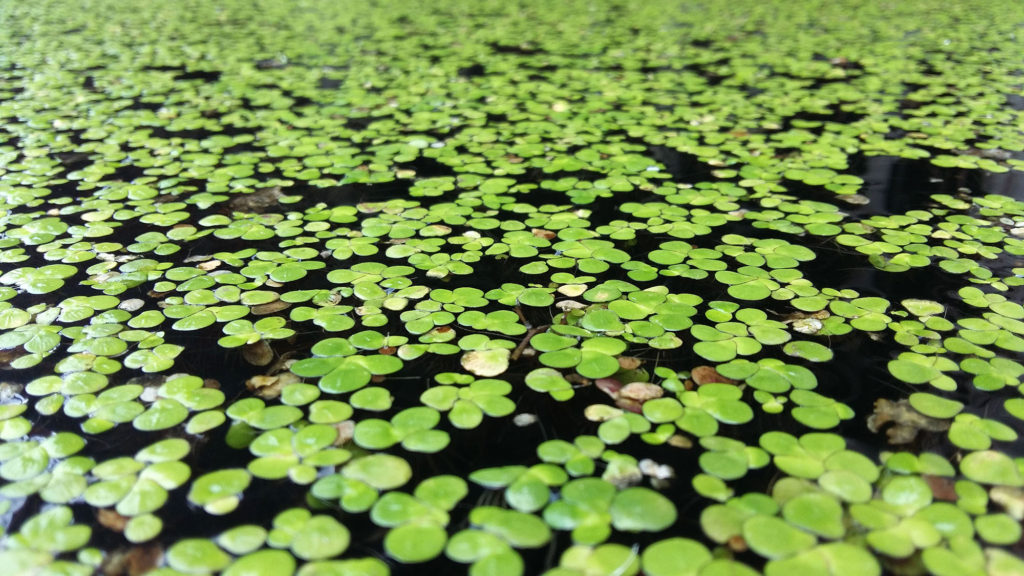
Duckweed
Duckweed and Azolla are not rooted into the soil like water lily plants; they float on top of the water. From earlier this term, what organims live within the Azolla, providing nitrogen?
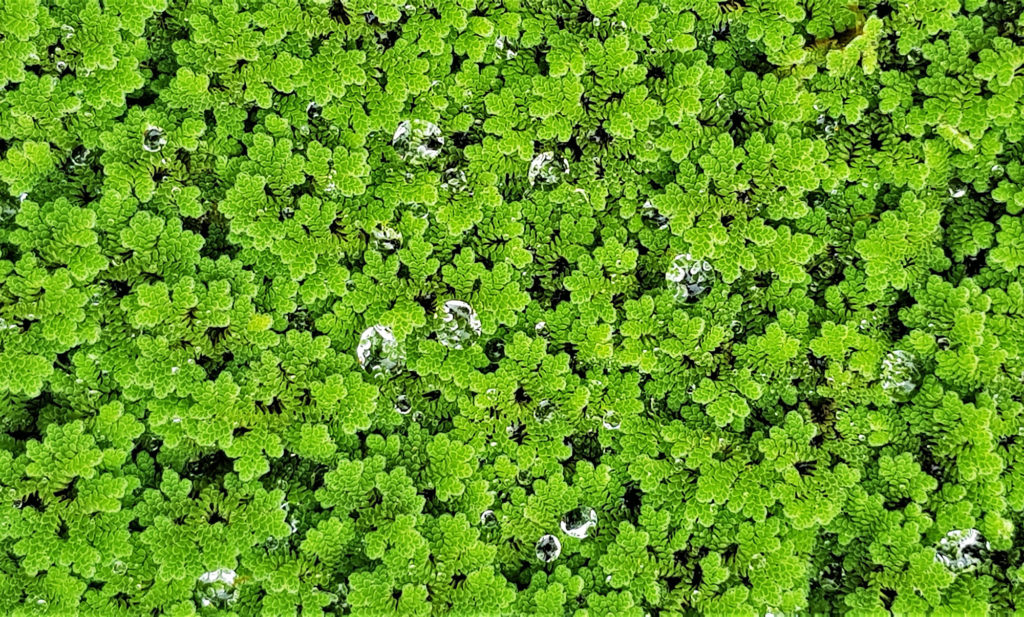
Azolla
All three of the species below are submerged aquatic plants. Water is abundant, but what two other components of productivity can be limited?
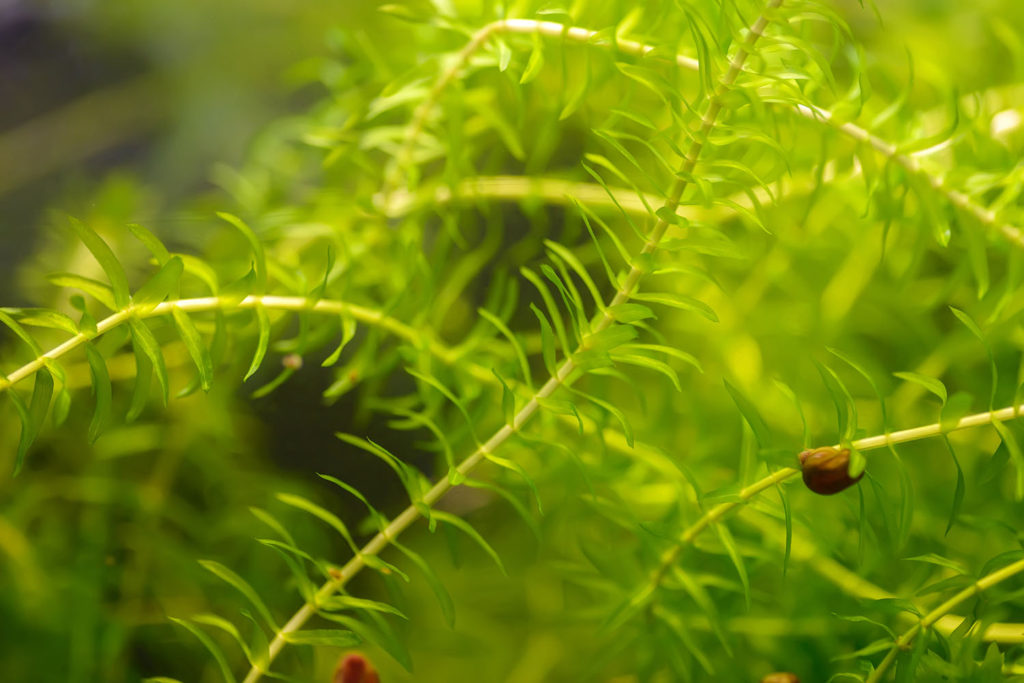
Elodea

Hornwort
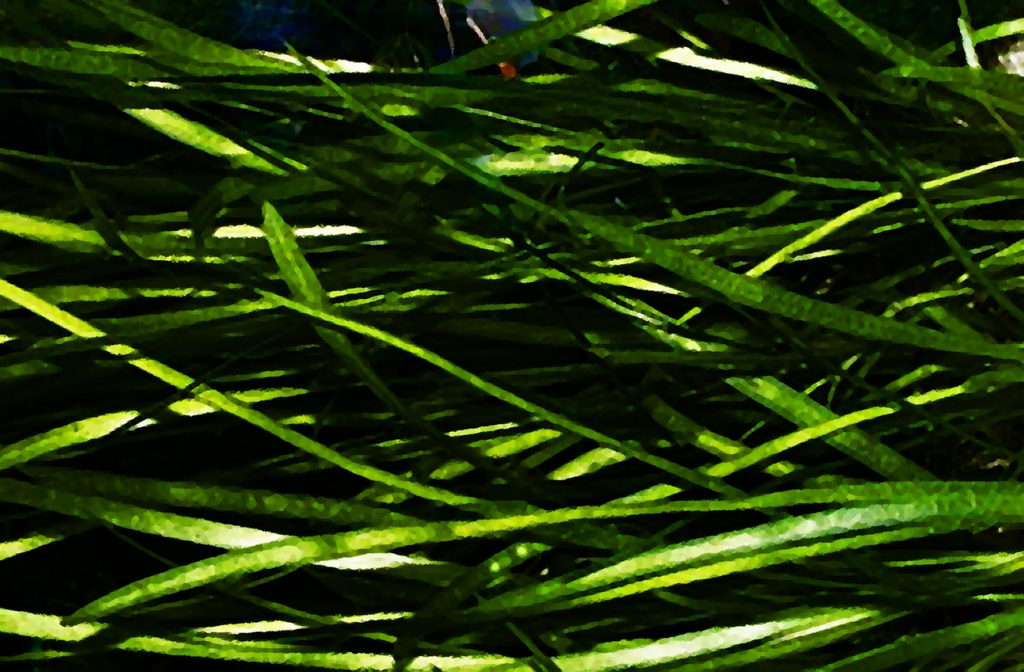
Vallisnaria
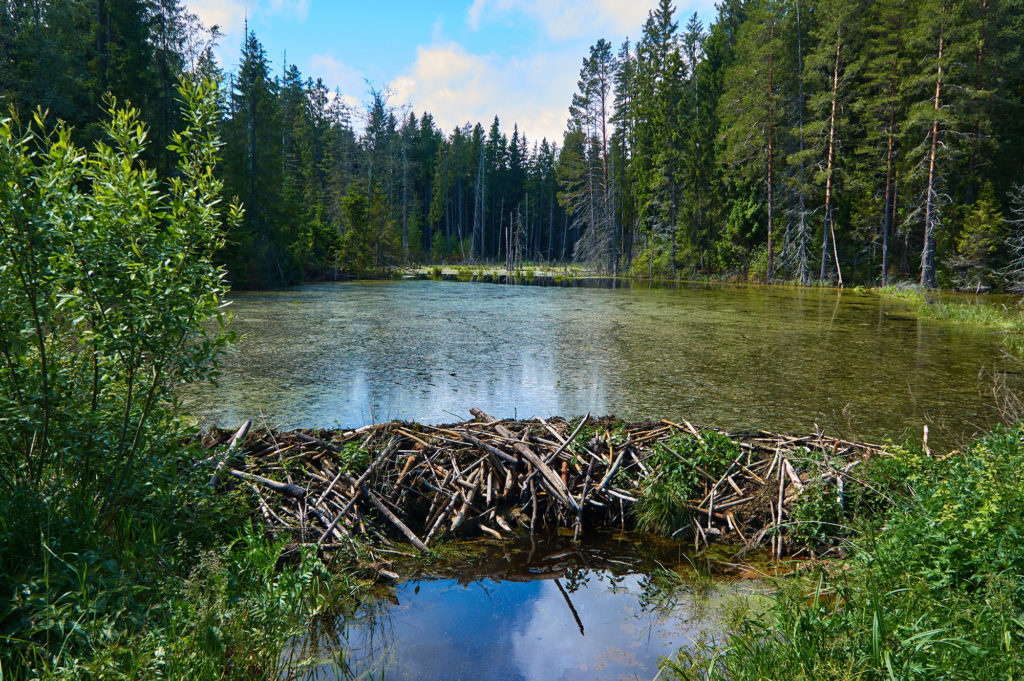
Beaver-created dams can cause ponds to form. What are two ecosystem advantages of beaver dams?

Larva
Within freshwater, species with larvae like the photo on the left can emerge from the water as adults like in the right photo. What are these aquatic insects that can build larval cases out of small sticks and rocks?
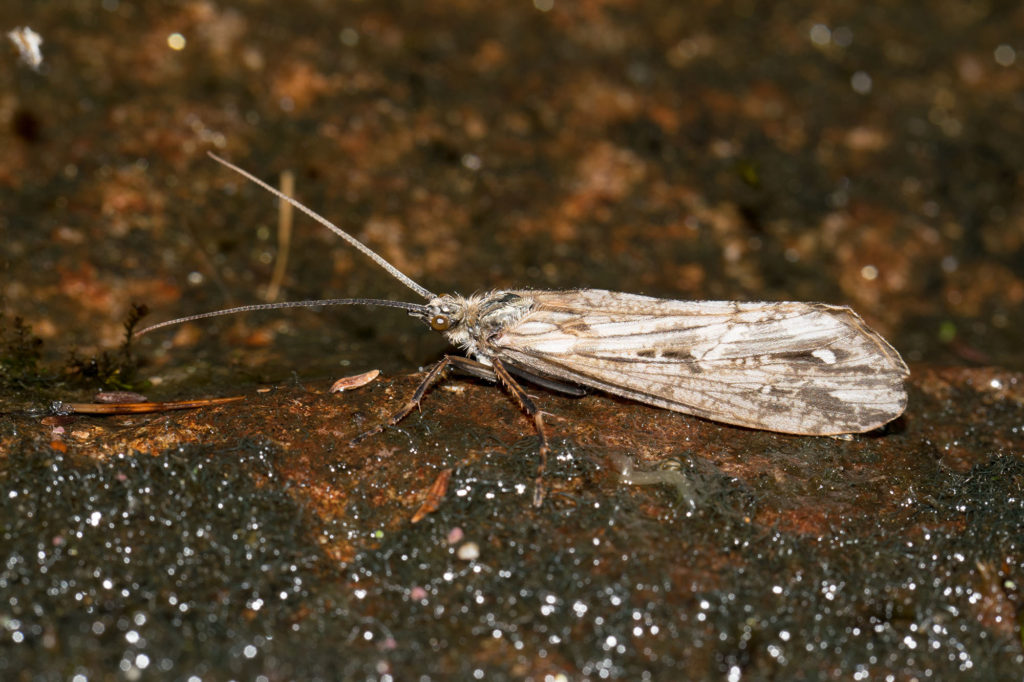
Adult
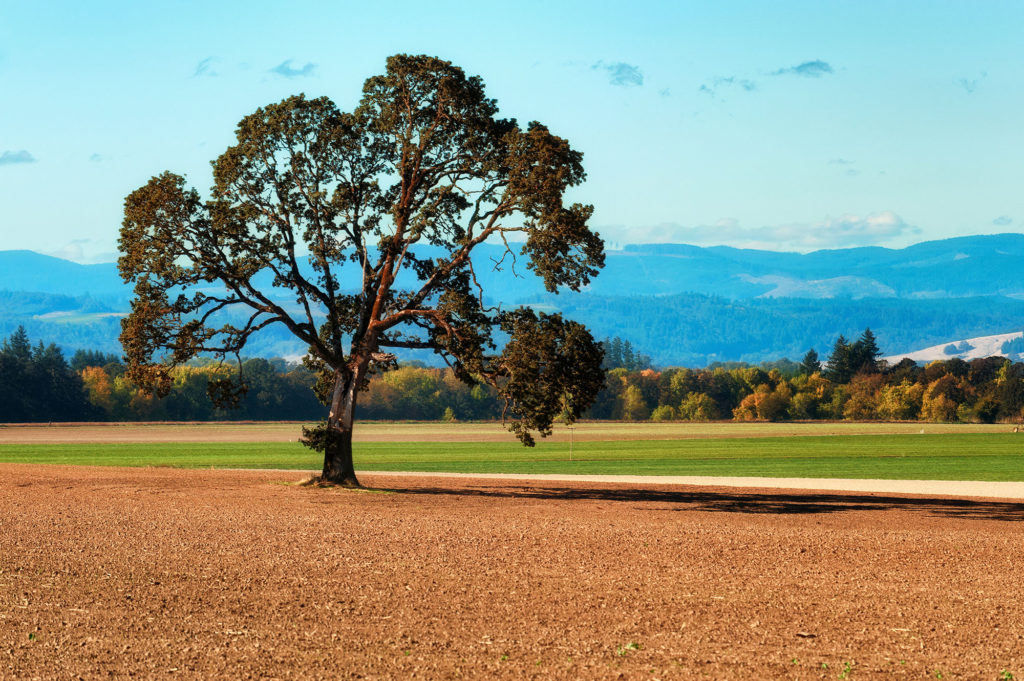
In the Willamette Valley, the temperate grassland prairie occasionally has white oak trees scattered throughout the grasses. A grassland with some trees is called a _____.
Douglas Fir coniferous trees have distinctive cones and pointed orange terminal buds. If you were just using the leaves for identification, how would you tell fir apart from spruce or pine?
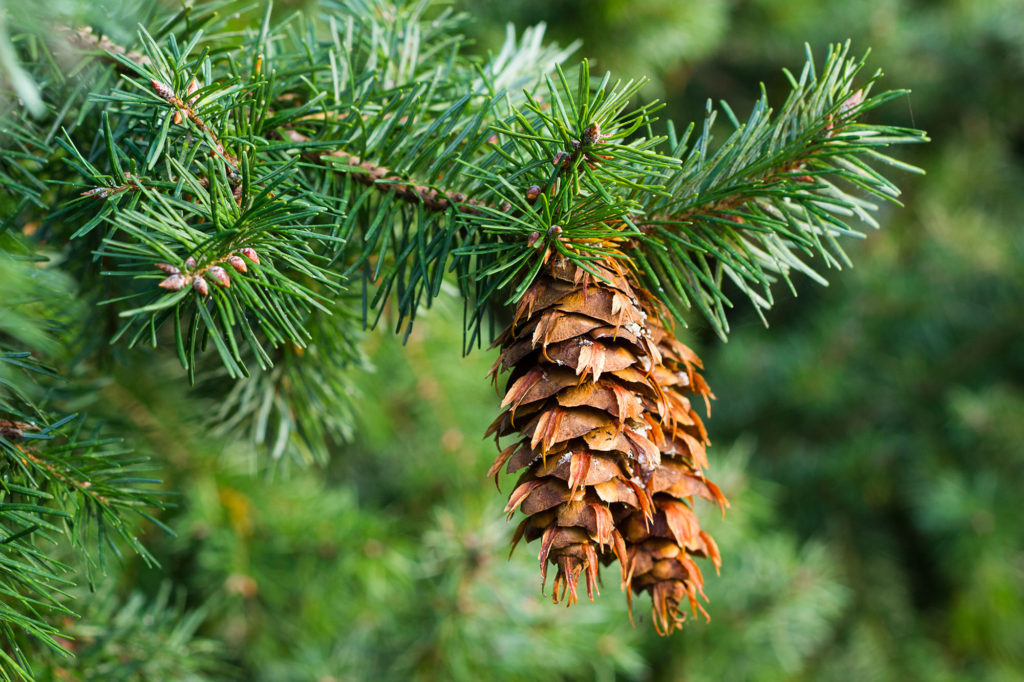
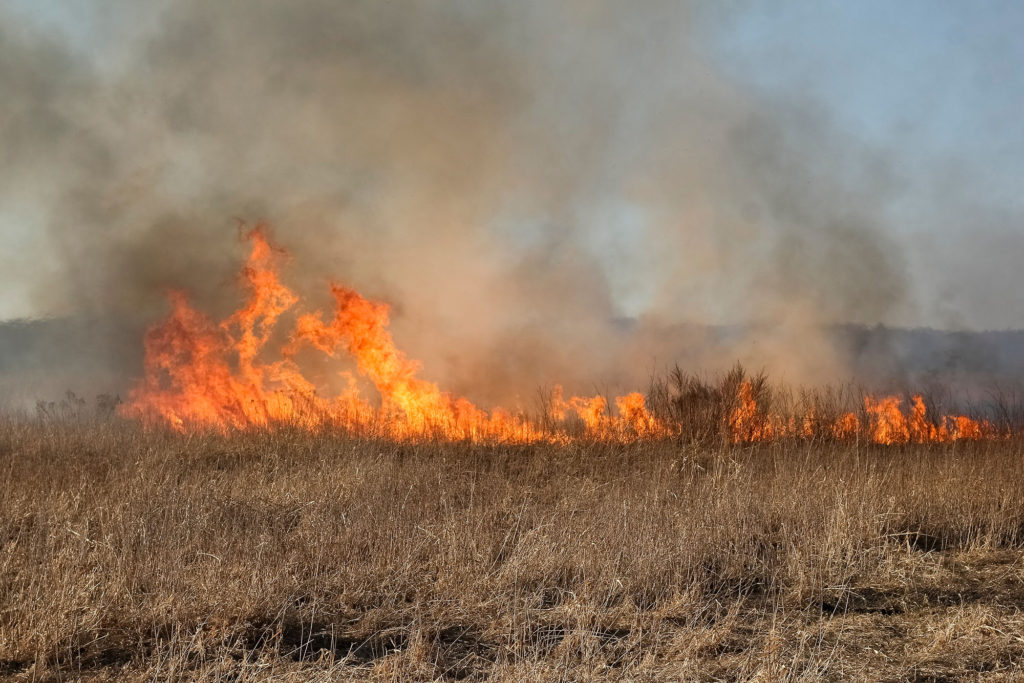
Humans have set the Willamette grasslands on fire for thousands of years. What is a possible advantage of setting these (controlled) fires?
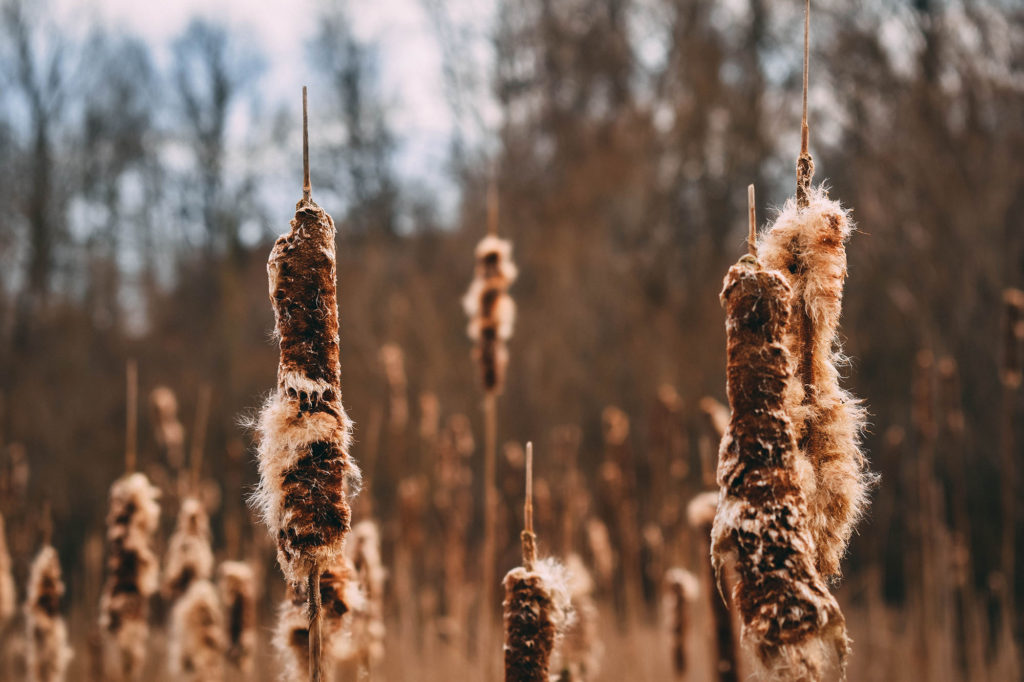
Cattail
How are the seeds of these two local species dispersed?
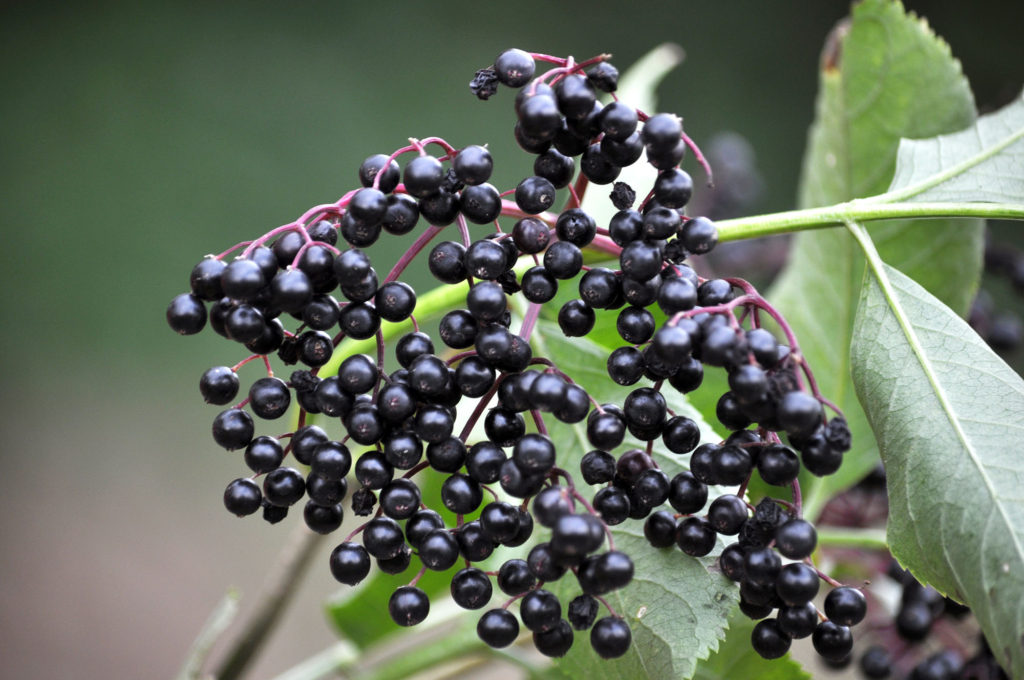
Elderberry
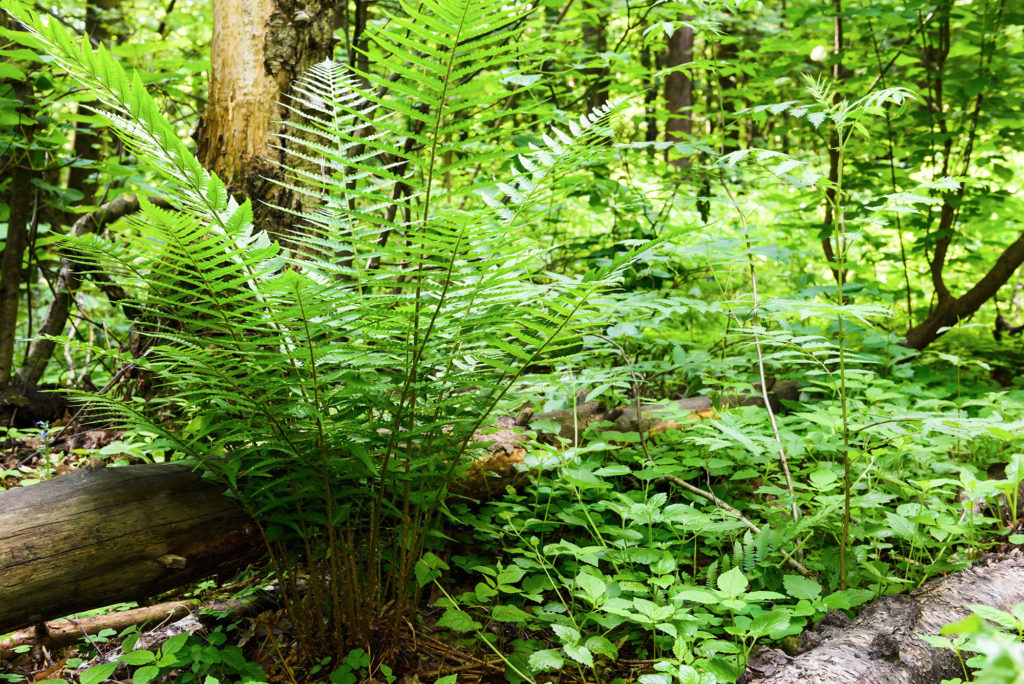
Check your knowledge.
-
provide the characteristics of amphibians, including life cycles?
-
distinguish between ferns and mosses, including life stages?
-
recall some of the concepts covered earlier this term in the context of local habitats?